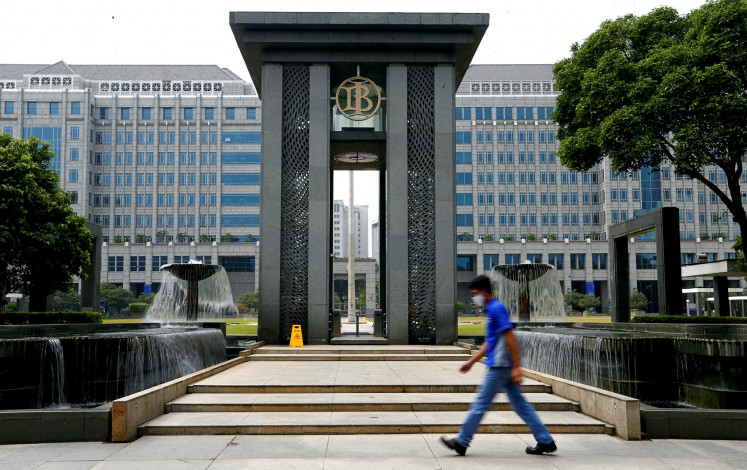Popular Reads
Top Results
Can't find what you're looking for?
View all search resultsPopular Reads
Top Results
Can't find what you're looking for?
View all search resultsLetters: Coral reefs restoration
An article titled "Warming causes bleaching" (The Jakarta Post, June 22) makes many completely incorrect statements
Change text size
Gift Premium Articles
to Anyone
An article titled "Warming causes bleaching" (The Jakarta Post, June 22) makes many completely incorrect statements. The fact that warming causes coral bleaching has been well-established since I developed the HotSpot method for predicting coral bleaching in advance from satellite sea surface temperature data with Raymond Hayes 20 years ago.
For mass coral bleaching, ocean surface temperatures around 1 degree Celsius above the average temperature for the warmest month are needed for a one month period. Those conditions took place over much of southern Indonesia in 1998, including Sumatra, Java, Bali and Lombok, staying well above the threshold temperature for months, and very severe coral mortality took place that year in many places.
In sharp contrast, this year the temperature only barely approached the threshold temperatures for about a week or two, not long enough to cause mass bleaching. Only mild and very localized bleaching took place in some places in Lombok and Bali in April, where poor water circulation caused locally warmer temperatures, but only a small proportion of corals were affected in a few locations, and these quickly recovered when water temperatures cooled. There was no mass bleaching and little or no mortality this year because it simply did not get hot enough for long enough. Similarly the claim in the article that high bleaching was seen on the world's largest coral reef restoration project, the Biorock Karang Lestari Reef Restoration Project at Pemuteran, Bali, is completely untrue.
Almost no bleaching took place there in April. The report in the Post, in fact, refers to a single Biorock Reef structure (out of around 60) with light-colored corals. However, the corals on that structure were not in fact bleached at all. On that particular structure, we are propagating very rapidly growing corals of a single very unusually pale coral that looks almost white.
However, that is the normal color of this particular variety, it has looked as if it were "bleached" year round for years, and is, in fact, not bleached at all. Whoever told this to your reporter did not know how to properly identify bleached corals, and did not bother to check with those running the project. The report also confuses snails that eat coral with bleaching, but this is not bleaching at all, the coral that appears white is because the snail has eaten all the tissue, exposing the white skeleton, whereas in bleaching, the coral tissue is alive but turns transparent, allowing the skeleton to be seen through the tissue.
In actual fact, Biorock reefs, while not preventing bleaching under severe high temperatures, do prevent death of the corals under these conditions. In the 2000 International Coral Reef Symposium in Bali we reported that Biorock reefs in the Maldives had 16 to 50 times higher survival of corals than surrounding reefs.
Thomas J. Goreau
Cambridge










